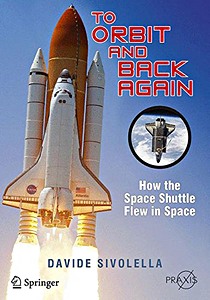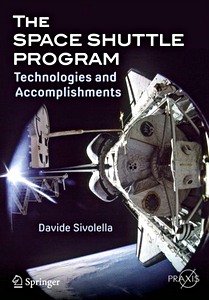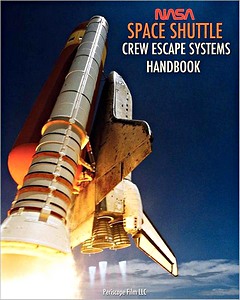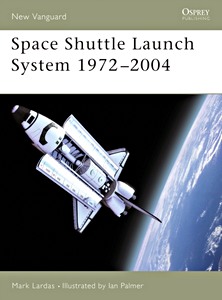NASA Space Shuttle Manual (1981 onwards) - An insight into the design, construction and operation (Haynes Space Manual)
Designed between 1969 and 1972 and first flown into space in 1981, the NASA Shuttle has flown almost 140 missions by the time it was retired in 2010. David Baker describes the origin of the reusable launch vehicle concept during the 1960s, its evolution into a viable flying machine in the early 1970s, and its subsequent design, engineering, construction and operation.

The Shuttle's internal layout and systems are explained, including the operation of life support, electrical power production, cooling, propulsion, flight control, communications, landing and avionics systems.
Szczegóły
| Autor: | David Baker |
|---|---|
| Wydanie: | 200 strony, 27.5 x 22 x 1.5 cm, twarda oprawa |
| Ilustracje: | 240 kolorowych zdjęć |
| Wydawca: | Haynes Publishing (GB, 2011) |
| Seria: | Haynes Space Manual |
| ISBN: | 9781844258666 |

NASA Space Shuttle Manual (1981 onwards) - An insight into the design, construction and operation
Język: angielski
Kup na Amazon PLKup na Amazon DE









